- High-quality Lion’s Mane supplements use mycelium grown on wood, not grain.
- Grain-grown mycelium leaves starch (alpha-glucans) in the extract, diluting potency.
- Testing for beta- and alpha-glucans reveals whether your supplement is mostly mushroom or mostly grain.
- Our latest batch: 44.6% beta-glucans, just 7.66% alpha-glucans, proving it’s nearly grain-free.
Why Grain-Free Mycelium Extraction Matters
Lion’s Mane mycelium is often grown on grains like rice or oats for convenience. However, when this mycelium is harvested, a significant amount of grain-based starch comes with i, this is alpha-glucan, which offers no unique mushroom benefits.
Instead of extracting pure mushroom actives, grain-rich products end up with higher starch (filler) content, reducing the supplement’s real potency. The best supplements avoid this by growing mycelium on hardwood sawdust or similar natural substrates and taking care to physically separate the mycelium before extraction.
How High-Quality Extracts Separate Mycelium from Grain
Why does this matter? Grains like rice or oats are rich in starch, also known as alpha-glucans. If not properly removed, these starches dilute the mushroom actives and artificially inflate the polysaccharide count. Separation is essential to ensure that what you’re consuming is mushroom-derived, not substrate-derived.
- Mechanical Separation: After full colonization, the solid grain substrate is physically broken down, and the mycelium-rich biomass is separated using sieves, agitation, or decanting. This helps isolate the mycelial matrix from the underlying grain.
- Rinsing & Washing: The collected mycelium is then rinsed with clean water under controlled conditions to remove fine particulate matter, dust, or residual substrate adhering to the biomass.
- Dual Extraction: Only the cleaned biomass is used in the hot water and alcohol extraction process. Water extracts beta-glucans and polysaccharides, while ethanol captures compounds like erinacines.
Although no method removes 100% of the grain, proper separation and post-processing can reduce alpha-glucan content to well below 10%, making it scientifically clear that the extract is mushroom-dominant.
How Our Mycelium Extraction Process Avoids Grain
Antioxi Lion’s Mane mycelium is cultivated on organic sawdust and wheat bran (never grain). Once the mycelium mat is mature:
- We separate the mycelium from substrate using advanced sieving and rinsing.
- The purified mycelium is then dual-extracted (hot water and alcohol) to capture all actives, hericenones, erinacines, beta-glucans.
- Residual substrate (wood, bran) is filtered out as much as possible. Some trace alpha-glucans may remain, but at low levels (<10%).
- Every batch is tested for both beta- and alpha-glucans by independent labs.
This ensures the final product contains the highest possible level of mushroom actives, and minimal non-mushroom starch.
How to Spot Grain in Lion’s Mane Supplements
You don’t need a microscope. Just check the lab results, or ask the brand for them:
| Test Result | What It Means |
|---|---|
| Beta-glucans ≥ 30–40% | Rich in real mushroom polysaccharides |
| Alpha-glucans < 10% | Very little residual grain or substrate |
| Alpha-glucans > 15–20% | Likely contains significant grain or starchy filler |
Example: Our latest Lion’s Mane extract tested at 44.6% beta-glucans and only 7.66% alpha-glucans, proof of nearly grain-free extraction and real potency.

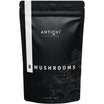
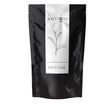




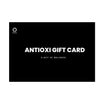
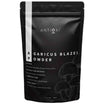
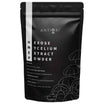
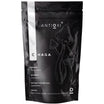

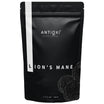

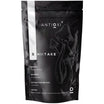

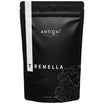
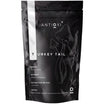

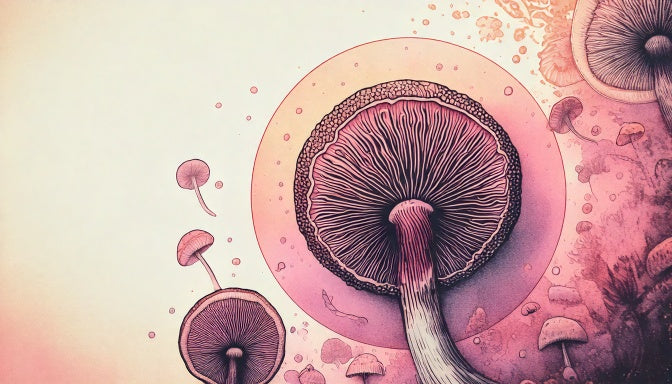
Leave a comment
All comments are moderated before being published.
This site is protected by hCaptcha and the hCaptcha Privacy Policy and Terms of Service apply.